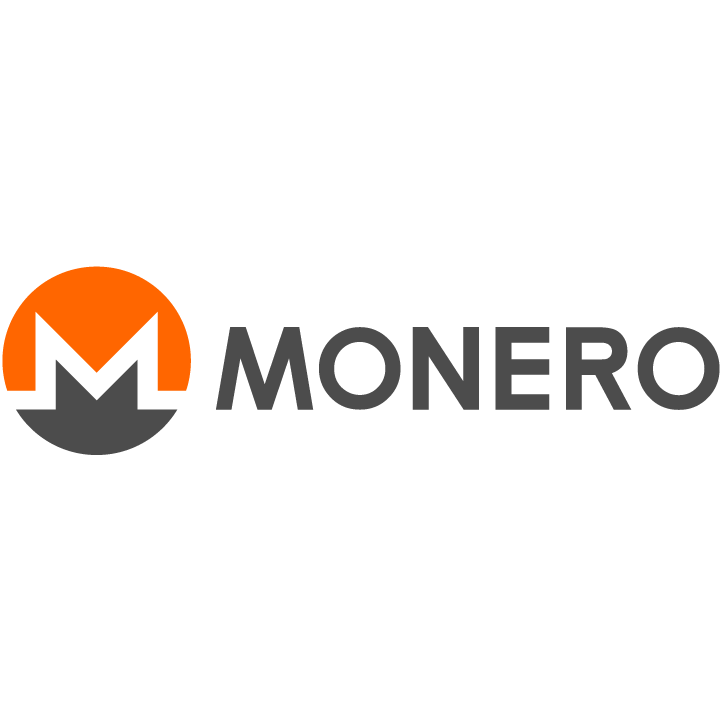Working with the Monero JSON RPC
Monero’s functionality extends beyond its core daemon and wallet applications, offering robust interfaces for programmatic interaction through its JSON RPC API. This remote procedure call mechanism, encoded using the lightweight JSON data format, serves as a cornerstone for developers and advanced users seeking to build custom tools, integrate Monero into other systems, or automate various tasks. Understanding the intricacies of the Monero JSON RPC is crucial for anyone looking to leverage the full potential of the cryptocurrency beyond basic command-line or graphical user interface interactions.
The Monero ecosystem provides two primary JSON RPC interfaces: one for the daemon (monerod) and another for the wallet (monero-wallet-rpc). The monerod RPC allows querying information about the Monero blockchain, such as block heights, transaction details, peer information, and network statistics. It also provides methods for submitting raw transactions to the network. Interacting with the monerod RPC typically involves sending HTTP POST requests with a JSON payload specifying the method to be called and any required parameters. The response is also a JSON object containing the result of the call or an error message if something went wrong. Common problem-solving scenarios when working with the monerod RPC include correctly formatting requests, handling different data types in the parameters and responses, and interpreting error codes returned by the daemon.
The monero-wallet-rpc, on the other hand, offers a more feature-rich interface for managing Monero wallets. Through this RPC, applications can create new wallets, open existing ones, query balances, send and receive Monero, manage addresses, and view transaction history. Similar to the monerod RPC, interaction occurs via HTTP POST requests with JSON payloads. However, the monero-wallet-rpc often requires authentication, typically through a username and password configured when starting the wallet RPC service. Problem-solving with the wallet RPC frequently involves managing wallet state, correctly constructing transaction requests with appropriate amounts and destinations, handling asynchronous operations like transaction confirmations, and securely managing wallet credentials. Developers often encounter challenges related to ensuring idempotency of operations and gracefully handling network interruptions or wallet errors.
A key aspect of working with the Monero JSON RPC is understanding the specific methods available for each interface and their corresponding parameters and return values. The official Monero documentation provides comprehensive details on these methods, which is an indispensable resource for developers. Debugging issues often involves inspecting the JSON requests and responses, utilizing tools like curl or dedicated API clients to send requests and examine the server’s response. Furthermore, understanding the underlying principles of blockchain technology and Monero’s specific implementation is beneficial for interpreting the data returned by the RPC and effectively troubleshooting any problems that may arise during integration. The Monero JSON RPC empowers a wide range of applications and integrations, making its mastery a valuable skill for those seeking to deeply engage with the Monero ecosystem.
